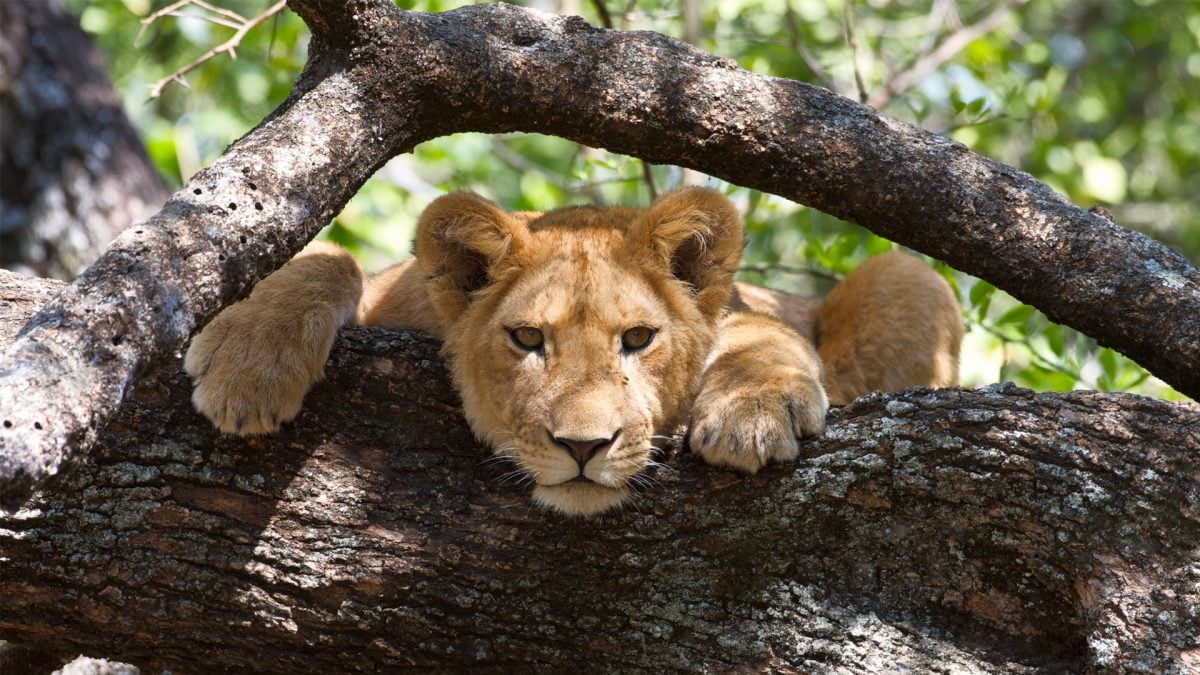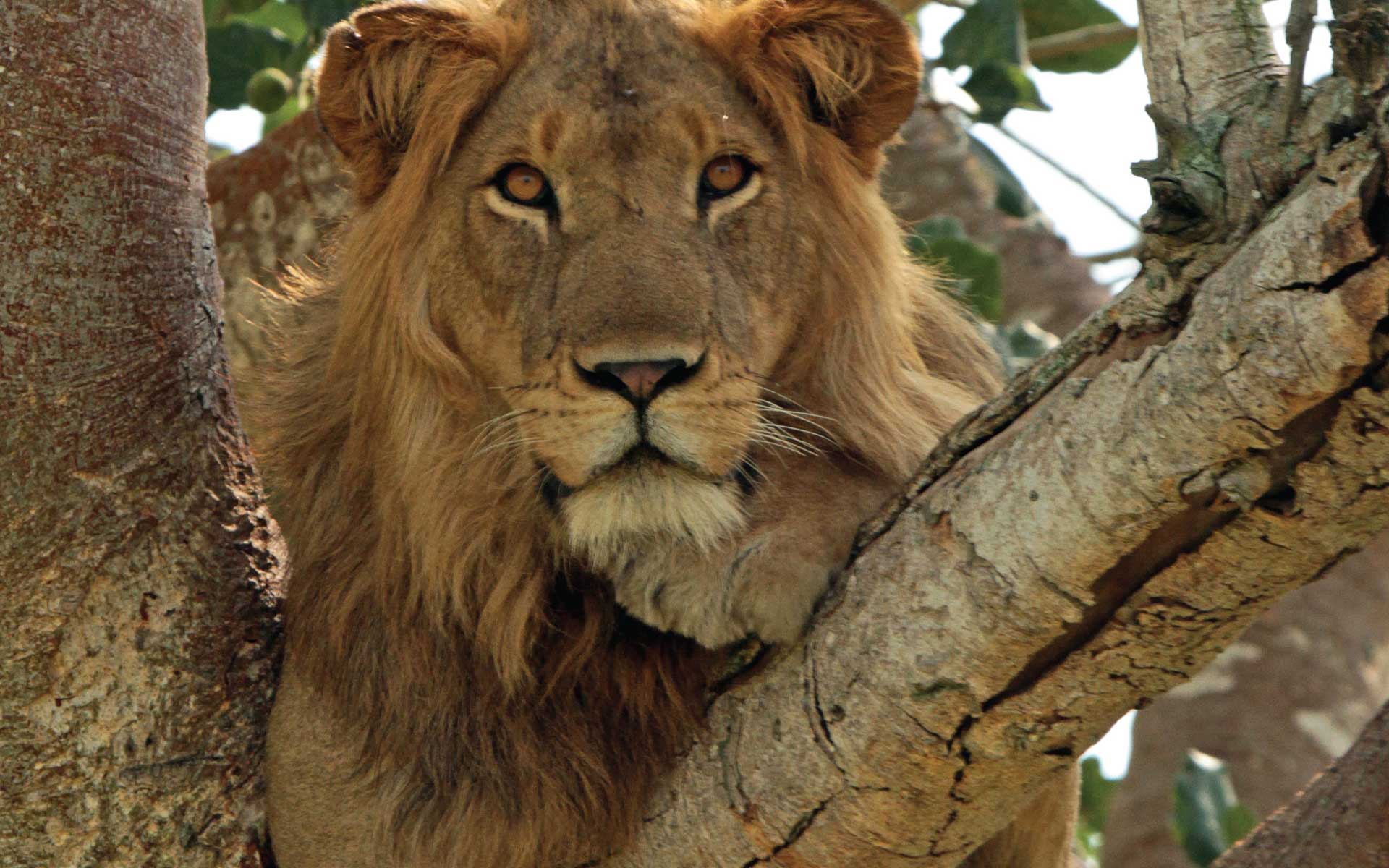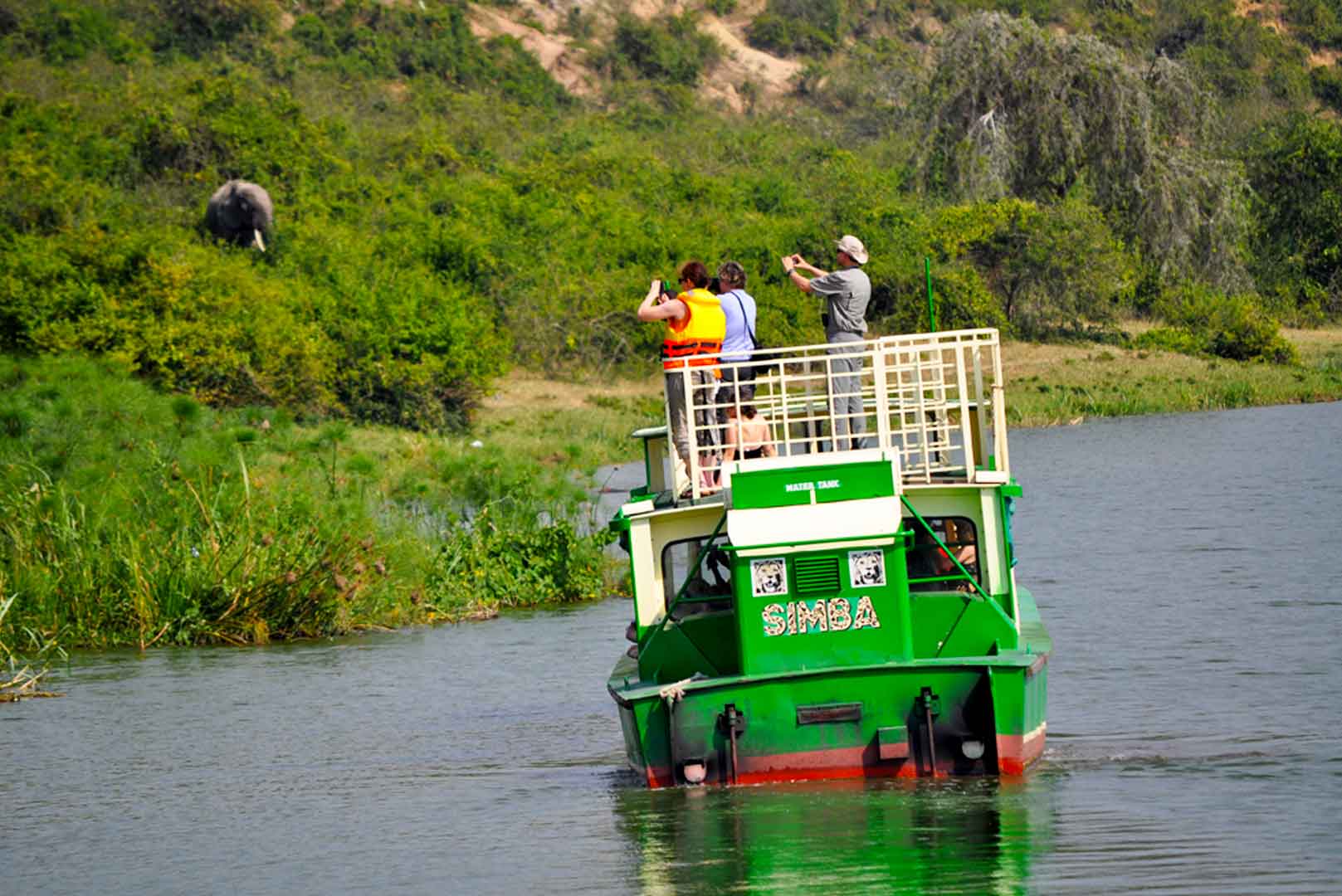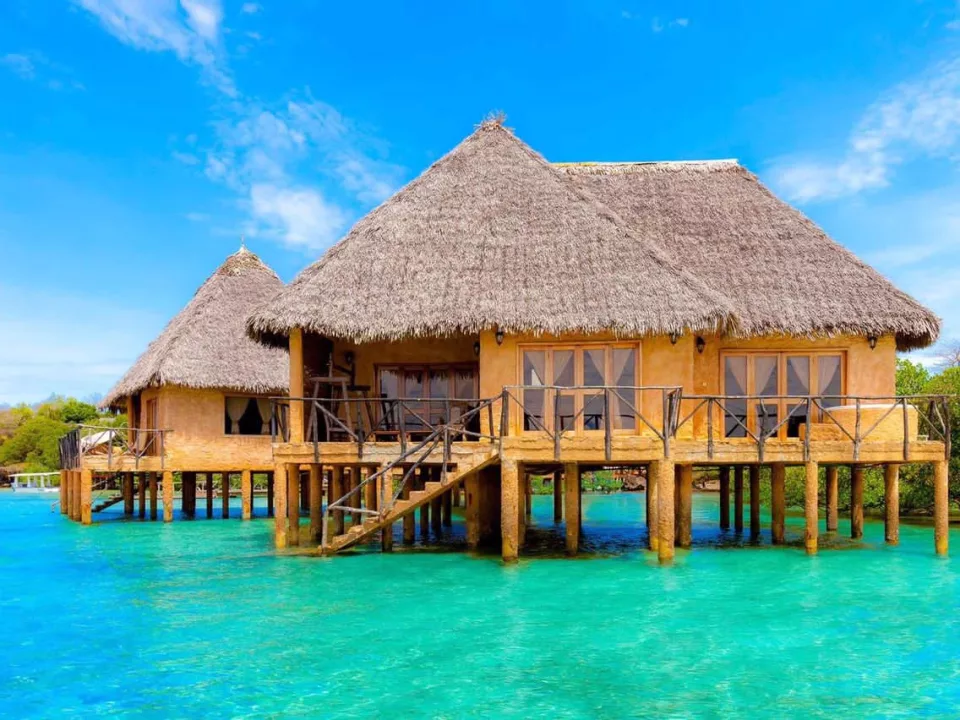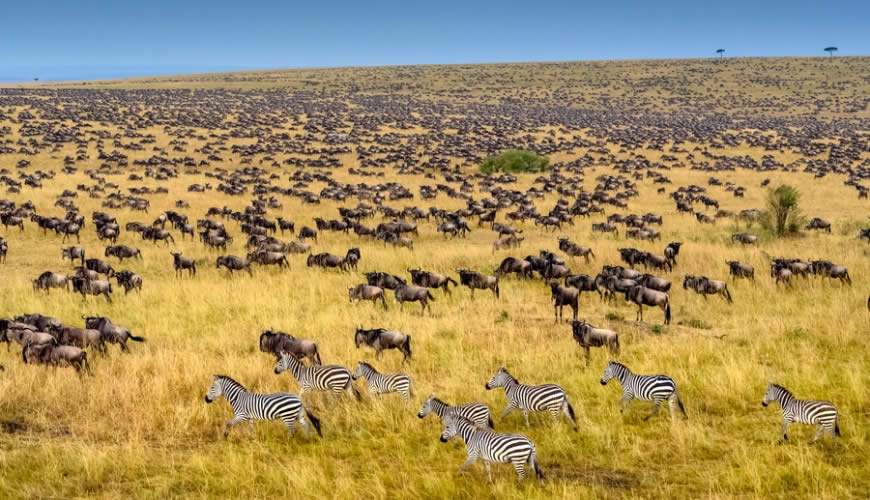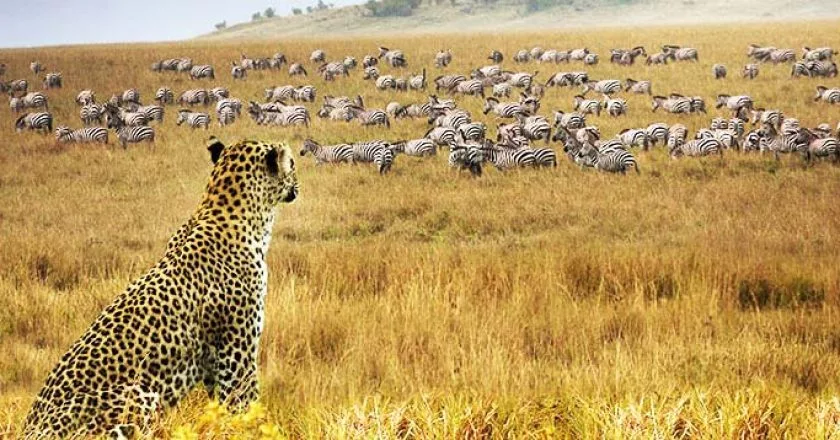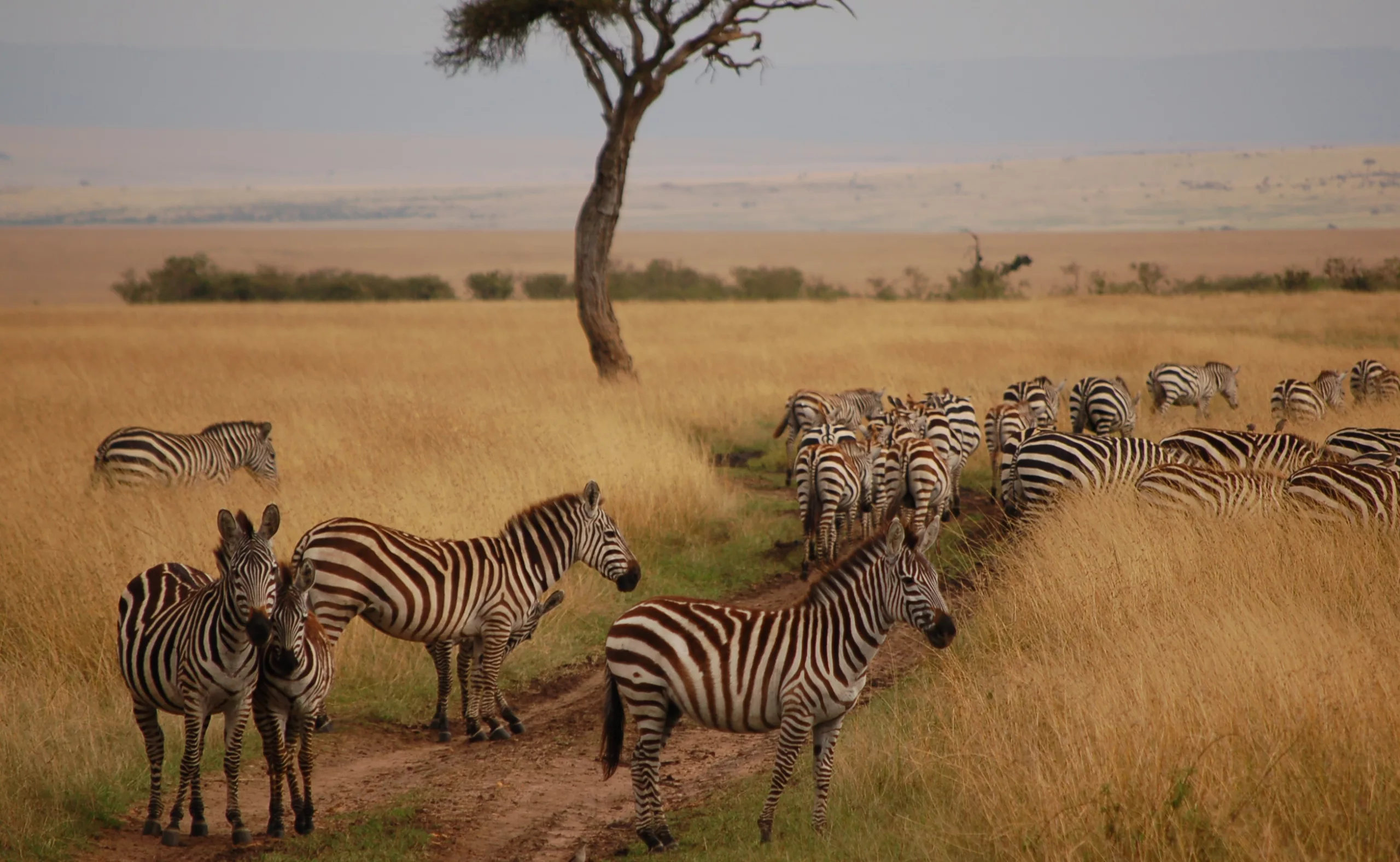
Nature Guided Walking Safaris in Kenya
April 4, 2023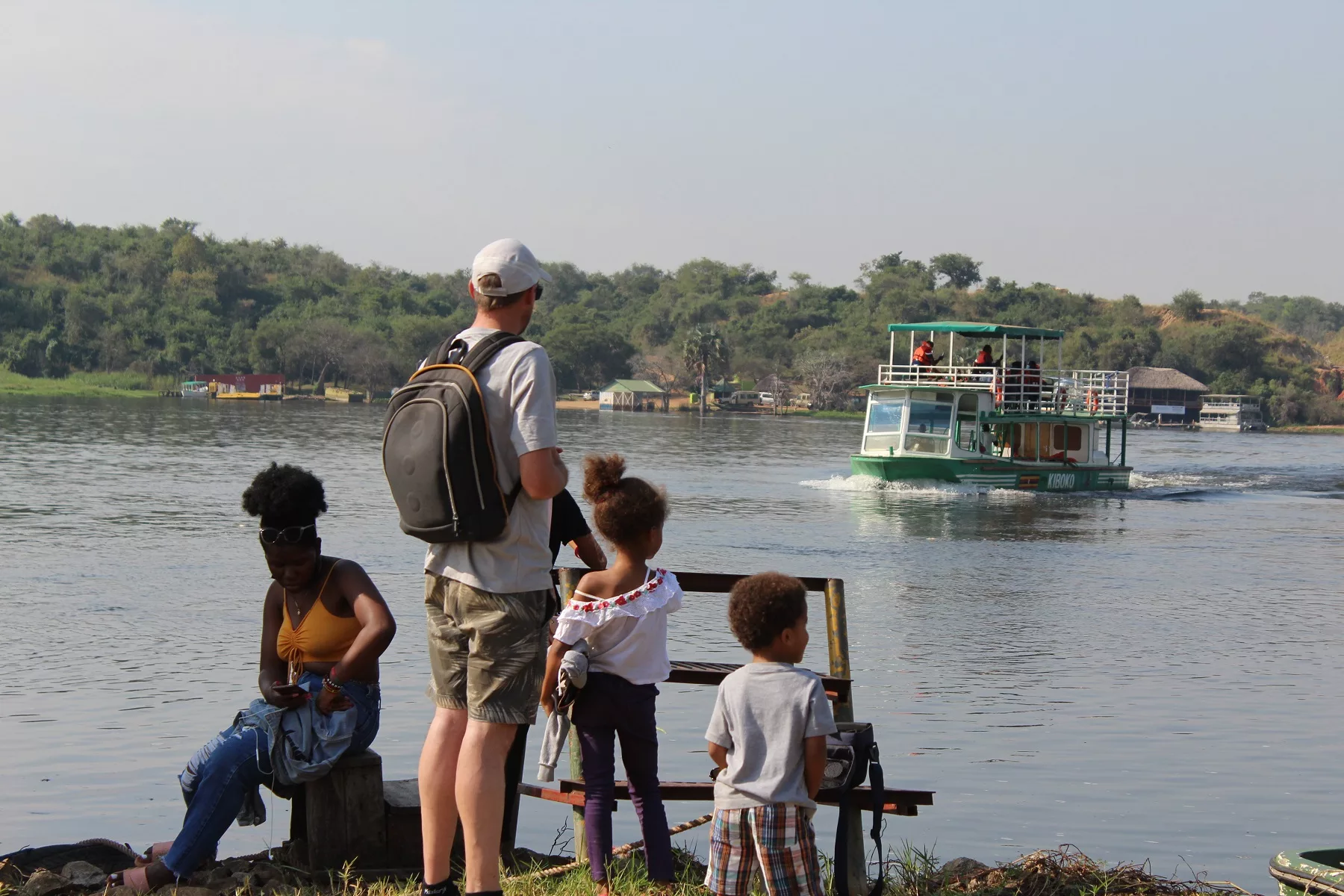
Uganda Best Destination to Travel 2023
April 9, 2023About Tree-Climbing Lions in Uganda
Tree-climbing lions are a unique and fascinating attraction in Uganda. These lions are found in the Ishasha sector of Queen Elizabeth National Park in Uganda, where they climb trees for a variety of reasons.
One theory is that they climb trees to escape the heat and find a cooler resting place. Another theory is that they climb trees to avoid the biting insects that inhabit the long grass on the ground. It is also believed that climbing trees gives them a better vantage point to spot potential prey.
Visitors to Queen Elizabeth National Park can take a safari and see these magnificent animals in action. However, it’s important to note that tree-climbing lions are not always easy to spot, as they can be quite elusive and often hide in the branches of the trees. A good guide will be able to help visitors locate these animals and get a closer look.
While tree-climbing lions are a major attraction in Uganda, it’s important to remember that they are still wild animals and should be treated with caution and respect. Visitors should keep a safe distance and follow the instructions of their guide to ensure a safe and enjoyable experience.
When to Visit Tree Climbing Lions in Queen Elizabeth National Park
The best time to visit the tree-climbing lions in Queen Elizabeth National Park in Uganda is during the dry season, which runs from December to February and from June to August. During this time, the weather is generally dry, and the vegetation is less dense, making it easier to spot the lions in the trees.
In addition, the dry season is also the best time for game viewing in general, as the animals are more concentrated around water sources, making them easier to spot.
However, it’s important to note that Queen Elizabeth National Park can be visited all year round, and each season has its own unique attractions. The wet season, which runs from March to May and from September to November, is characterized by lush green vegetation and plenty of birdlife, while the rainy conditions may make game viewing a bit more challenging.
Ultimately, the best time to visit Queen Elizabeth National Park will depend on your personal preferences and interests, as well as factors such as budget and travel schedule. It’s a good idea to do some research and plan your trip in advance to ensure the best possible experience.
How much is a trip to Queen Elizabeth national park
The cost of a trip to Queen Elizabeth National Park in Uganda can vary widely depending on various factors such as the length of stay, the type of accommodation, the activities you choose to do, and the mode of transportation.
Here are some rough estimates of what you can expect to pay:
- Accommodation: Prices for accommodation within the Park Range from budget options starting at around $30 per night to luxury lodges costing over $500 per night.
- Park fees: The entry fee to Queen Elizabeth National Park for foreign non-residents is $40 per day, per person, and a fee of $30 per day, per vehicle, is also charged for those using private vehicles.
- Safari activities: The cost of activities such as game drives, boat cruises, and chimpanzee trekking can vary but expect to pay anywhere from $30 to $150 per person per activity.
- Transportation: The cost of transportation to and from the park depends on the mode of transportation and distance travelled. A 4×4 vehicle with a driver and guide for a 3-day safari can cost around $500 – $1000 depending on the tour company.
Overall, a trip to Queen Elizabeth National Park can cost anywhere from a few hundred to several thousand dollars depending on the level of luxury and the activities you choose to do. It’s important to plan and budget accordingly to ensure a safe and enjoyable trip.
What else to adventure in Queen Elizabeth National Park
In addition to the famous tree-climbing lions, there are plenty of other activities and attractions to explore in Queen Elizabeth National Park. Here are a few options:
- Game drives: One of the most popular activities in the park is a game drive, where visitors can explore the park’s vast savannah plains and spot a wide variety of wildlife, including elephants, buffalos, leopards, hyenas, and numerous species of antelope.
- Boat safaris: Another popular activity in the park is a boat safari along the Kazinga Channel. This is a great way to see hippos, crocodiles, and various water birds up close.
- Chimpanzee trekking: Visitors can also trek through the Kyambura Gorge to see habituated chimpanzees in their natural habitat.
- Nature walks: There are also guided nature walks available in the park, offering the opportunity to see smaller wildlife and learn about the local flora and fauna.
- Cultural tours: For those interested in local culture, there are several options for cultural tours, including visits to traditional homesteads and craft markets.
- Hot air balloon safari: For a unique experience, visitors can take a hot air balloon safari over the park, offering a bird’s eye view of the stunning landscape and wildlife.
Overall, there are plenty of adventures and attractions to explore in Queen Elizabeth National Park, catering to a variety of interests and preferences. It’s a great destination for wildlife enthusiasts, nature lovers, and adventure seekers alike.
Where to Sleep in Queen Elizabeth National Park
There are a variety of accommodation options in Queen Elizabeth National Park to suit different budgets and preferences. Here are some of the options available:
- Lodges: There are several high-end lodges located within the park, offering luxury accommodations with stunning views and amenities such as swimming pools, restaurants, and bars. Examples include Mweya Safari Lodge, Ishasha Wilderness Camp, and Kyambura Gorge Lodge.
- Tented camps: For a more authentic safari experience, there are also several tented camps within the park. These range from budget to mid-range options, with varying levels of comfort and amenities. Examples include Bush Lodge, Enganzi Game Lodge, and Kasenyi Safari Camp.
- Guesthouses: There are also several guesthouses and budget accommodation options located outside the park, in nearby towns such as Kasese and Katwe. These are generally cheaper than the lodges and tented camps within the park but may offer fewer amenities. Examples include Simba Safari Camp, Pumba Safari Cottages, and Ihamba Lakeside Safari Lodge.
Regardless of where you choose to stay, it’s a good idea to book in advance, especially during peak season (June to September and December to February) when availability can be limited. It’s also important to note that most lodges and camps offer full-board or half-board packages, meaning meals are included in the accommodation cost.
Lion Tracking in Queen Elizabeth National Park
Lion tracking is an exciting new activity in Queen Elizabeth National Park that allows visitors to actively participate in conservation efforts while getting up close and personal with lions. The program is run by the Uganda Carnivore Program, which aims to protect the park’s lions and other carnivores through research, education, and community engagement.
During a lion tracking experience, visitors will join a team of researchers to track and monitor the park’s lions. The tracking involves using telemetry equipment to locate the lions, and once found, visitors will have the opportunity to observe them from a safe distance and learn about their behaviour and habitat.
The experience lasts for around three hours and is available as a morning or afternoon activity. It’s important to note that lion tracking is a highly regulated activity, and only a limited number of visitors are allowed to participate each day to ensure the safety and well-being of the animals.
To participate in lion tracking, it’s recommended to book in advance through the Uganda Carnivore Program website. The program fee is $85 per person, with proceeds going towards the conservation efforts of the Uganda Carnivore Program. It’s a unique and rewarding experience for those interested in wildlife conservation and getting a deeper understanding of the park’s lion population.
Boat Cruise at Kazinga Channel
A boat cruise on the Kazinga Channel is one of the most popular activities to do in Queen Elizabeth National Park. The channel is a 32-kilometre waterway that connects Lake Edward and Lake George and is home to a diverse range of wildlife, including hippos, crocodiles, elephants, buffalos, and numerous species of water birds.
The boat cruise offers a unique and relaxing way to see the wildlife along the channel, with stunning views of the surrounding landscape and the opportunity to get up close and personal with the animals. The boat ride lasts for around two hours and is usually conducted in the morning and late afternoon when the wildlife is most active.
There are several operators that offer boat cruises along the Kazinga Channel, with most departing from the Mweya Peninsula area. It’s recommended to book in advance, especially during peak season (June to September and December to February) when availability can be limited.
The cost of a boat cruise varies depending on the operator and the season, but expect to pay around $30-$40 per person. The boat cruise fee is usually separate from the park entry fee, which is currently $40 for foreign non-residents.
Overall, a boat cruise on the Kazinga Channel is a must-do activity for anyone visiting Queen Elizabeth National Park. It’s a great way to see the park’s wildlife and appreciate the stunning scenery while enjoying a relaxing and unforgettable experience on the water.
Proposed Uganda Wildlife Safaris Tour Holidays
10 Days Best of Uganda Safari (Gorilla Trekking & Wildlife)
8 Days Uganda Gorilla Safari & Wildlife Tour
5 Days Luxury Uganda Wildlife Tour & Birding Tour
4 Days Primates Tour Uganda & Birding Safaris Tour
9 Days Best Uganda Safari (Gorilla Trek & Wildlife)
8 Days Best of Tanzania Safari Holiday
9 Days Tanzania Beach Holiday & Wildlife Tour
8 Days Kenya Tanzania Wildlife Safari


